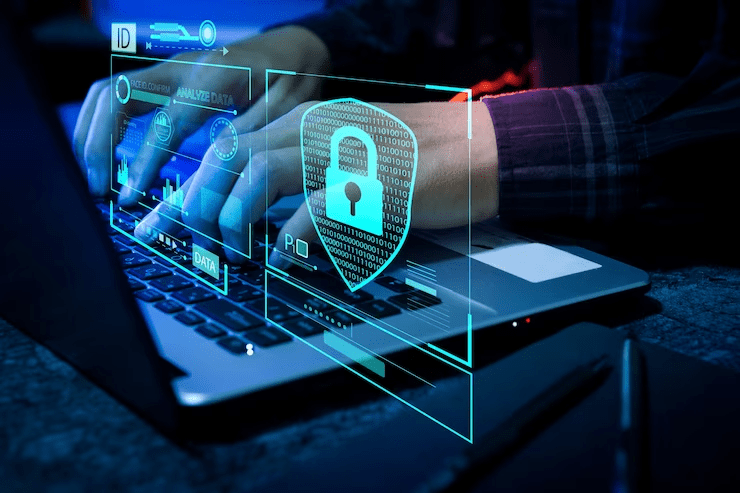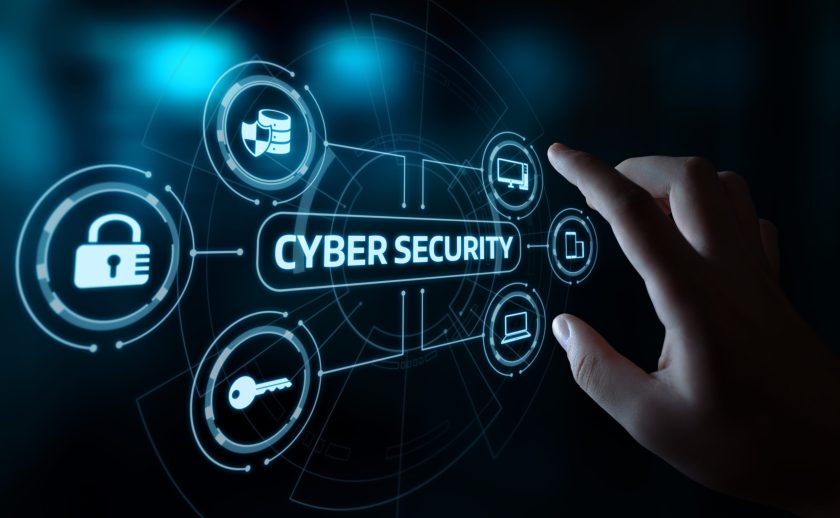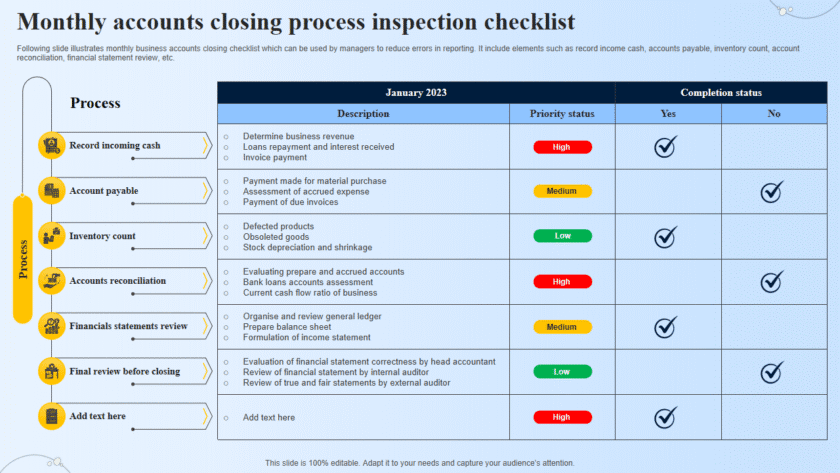How to defend your windows operating system from hackers: Defending your Windows operating system from hackers involves implementing a comprehensive set of security measures. Here are some key steps you can take to enhance the security of your Windows OS:
-
Keep Your System Updated:
- Regularly install updates and patches for Windows and all installed software.
- Enable automatic updates to ensure you receive the latest security patches.
-
Use Strong Passwords and Multi-Factor Authentication
:
- Create complex passwords that are difficult to guess.
- Enable multi-factor authentication (MFA) for added security.
-
Enable Windows Defender
:
- Use the built-in Windows Defender Antivirus to protect against malware and viruses.
- Ensure it is up-to-date and perform regular scans.
-
Use a Firewall
:
- Enable the Windows Defender Firewall to monitor and control incoming and outgoing network traffic.
- Configure firewall rules to block unauthorized access.
-
Install Antivirus and Anti-Malware Software:
- Use reputable third-party antivirus and anti-malware programs for an additional layer of protection.
- Schedule regular scans and updates for these programs.
-
Encrypt Your Data:
- Use BitLocker to encrypt your hard drive, protecting your data in case your device is lost or stolen.
- Encrypt sensitive files and folders to prevent unauthorized access.
-
Limit User Accounts and Permissions:
- Use standard user accounts for daily activities instead of administrative accounts.
- Limit administrative privileges and use them only when necessary.
-
Secure Remote Desktop Access
:
- Disable Remote Desktop Protocol (RDP) if not needed.
- If RDP is necessary, use strong passwords, enable Network Level Authentication (NLA), and restrict access to specific IP addresses.
-
Enable Account Lockout Policies:
- Set account lockout policies to prevent brute force attacks by locking accounts after a set number of failed login attempts.
-
Disable Unnecessary Services and Features
:
- Turn off services and features that you do not use to reduce the attack surface.
- Use the “Programs and Features” control panel to uninstall unnecessary applications.
-
Use Secure Browsing Practices
:
- Use modern, updated web browsers with built-in security features.
- Avoid clicking on suspicious links or downloading attachments from unknown sources.
- Consider using browser extensions that block ads and trackers.
-
Regularly Backup Your Data
:
- Maintain regular backups of important data and store them securely offline or in the cloud.
- Use Windows Backup and Restore or third-party backup solutions.
-
Enable UEFI Secure Boot
:
- Use UEFI Secure Boot to ensure that your PC boots using only trusted software from the PC manufacturer.
-
Implement Network Security
:
- Use a strong, unique Wi-Fi password and WPA3 encryption for your network.
- Enable MAC address filtering and hide your SSID to make it harder for unauthorized devices to connect.
-
Monitor and Review Security Logs
:
- Regularly check Windows Event Viewer for any suspicious activity or unauthorized access attempts.
- Use monitoring tools to keep track of network and system activity.
-
Educate Yourself and Others
:
- Stay informed about the latest cybersecurity threats and best practices.
- Train family members or employees on safe computing habits and phishing awareness.
By following these steps, you can significantly enhance the security of your Windows operating system and protect it from potential hacker attacks.






